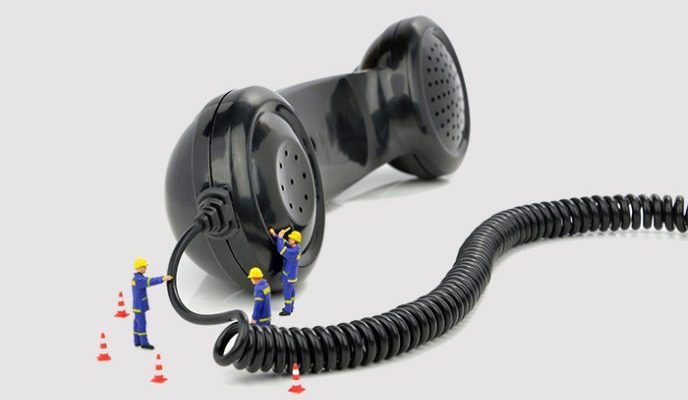How will IoT impact customer service?
Sep 30, 2015 • Features • Future of FIeld Service • future of field service • mplsystems • field service • Internet of Things • IoT • Customer Satisfaction and Expectations
The Internet of Things is predicted to have a huge impact on customer service. In this article, Paul White, CEO mplsystems, identifies the top three changes he expects to occur.
The Internet of Things (IoT) is a network of physical objects embedded with electronics, software and connectivity that are able to be controlled remotely with the ability to transfer data over a network without requiring human-to-human or human-to-computer interaction.
Gartner have predicted that three years from now, 5% of customer service cases will be autonomously initiated by connected devices as more objects connect to the internet. This is supported by Nicola Millard, Head of Futures and Insight at BT, who recently commented at mplsystems’ customer conference, “I think a lot of the technologies we are starting to see like the Internet of Things could be used more proactively with the contact centre so it becomes more in charge of demand rather than just responding passively to it.”
The IoT introduces opportunities, but how will it really change to the day to day running of the contact centre and the role of the agent?
1. The contact centre will start delivering proactive rather than reactive customer service
Our number one prediction for the Internet of Things is that it will transform the contact centre from a reactive inbound customer service centre to a proactive outbound service. This will be achieved by devices being able to self-diagnose problems and immediately alert the contact centre of the issue, often before the customer realises. The integrated system will automatically trigger an outbound call to be delivered to the agent desktop who will then offer proactive customer service, rather than waiting for the product to fail and the customer make an inbound enquiry.
The Internet of Things will transform the contact centre from a reactive inbound customer service centre to a proactive outbound service...
Alternatively, products that needs refills, such as drinks dispensers, will be able to send a notification straight to a field based workers mobile device, who can then add this to their list of jobs and deliver with their boot stock. This means that they will never need to alert the contact centre, alleviating the number of calls and requests they are having to deal with.
2. The role of the contact centre agent will become more specialised and they will be better prepared
As a result of devices detecting and alerting the contact centre of problems, the contact centres agents will transition from receiving high levels of inbound, reactive customer requests to delivering an outbound proactive service. This will result in the agent’s role transitioning from a generic customer service role to a specialist in a specific product or problem type. Agents are going to need to know about the faults that are being alerted in the contact centre as they will often be more informed about the issue than the customer and will need to convey this information. At the point of engagement, they will not just be aware of the issue but will have remedies in place and may even have started applying them to resolve the problem. From a business perspective, the level of customer service is greatly increased, agents are more knowledgeable and productive and the business should experience cost savings through a more streamlined, proactive way of working.
3. Masses of new data will help to improve the customer experience
The Internet of Things will bring with it a whole new explosion of data that, if managed correctly, can be of enormous value to the contact centre and customer experience delivery. Contact centres will be able to gain more control of customer service by the Internet of Things providing them with new streams of information that is integrated in to their existing infrastructure. Customers will not have to wait in long queues, go through time-consuming security questions or try to explain complex faults, as agents are presented with all the information they need from multiple sources of data.




















 Field Service News is published by 1927 Media Ltd, an independent publisher whose sole focus is on the field service sector. As such our entire resources are focused on helping drive the field service sector forwards and aiming to best serve our industry through honest, incisive and innovative media coverage of the global field service sector.
Field Service News is published by 1927 Media Ltd, an independent publisher whose sole focus is on the field service sector. As such our entire resources are focused on helping drive the field service sector forwards and aiming to best serve our industry through honest, incisive and innovative media coverage of the global field service sector.
Leave a Reply